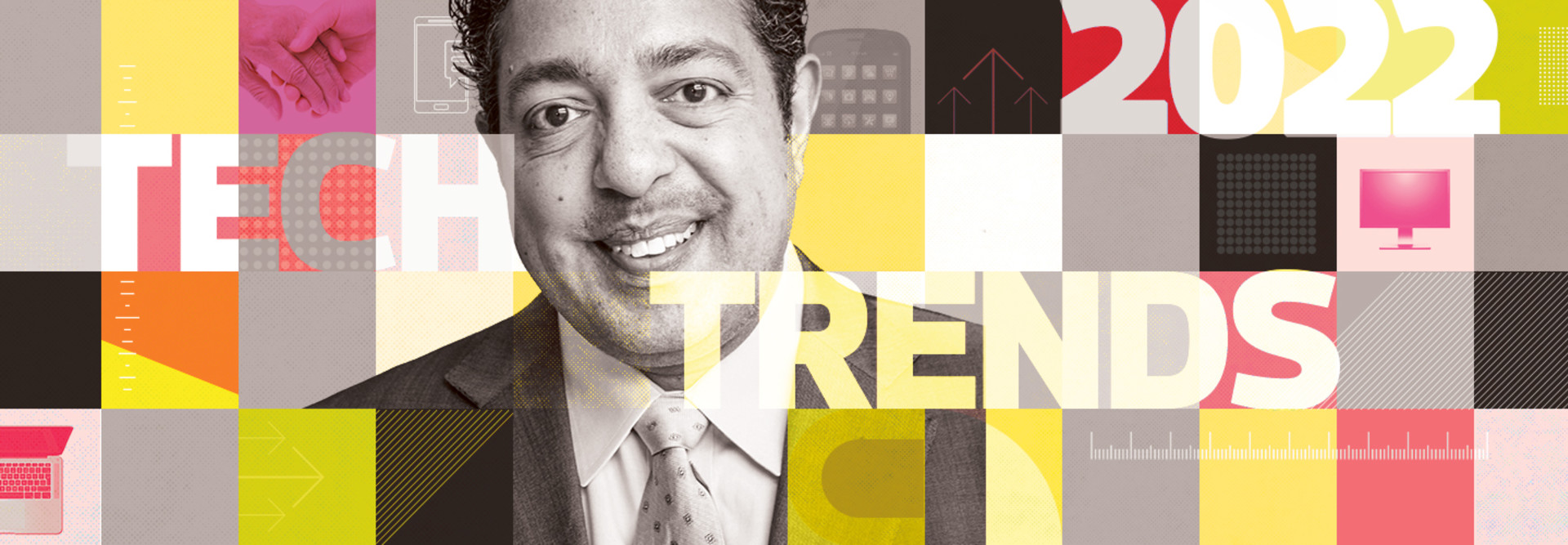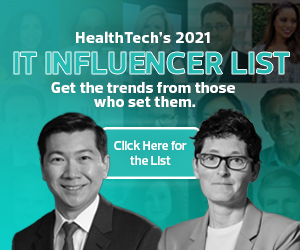HEALTHTECH: Can you tell me about your career in data science?
BUTTE: My undergraduate degree is in computer science, and I still love writing code. I usually have a code window open on my laptop somewhere. Early in my career, I spent my summers working at Apple and Microsoft. But after all that, I went to medical school, and that combination of computer science and medicine was rare back then. I think it’s probably still kind of rare to be a software engineer and go to medical school.
I was lucky to do that, and I ended up training in pediatrics and, later, pediatric endocrinology, so I was taking care of kids with diabetes and growth problems. My mentor then convinced me to go back to get a Ph.D. in biomedical informatics. I ended up sticking around in the Boston ecosystem for a full 10 years, finished that Ph.D., and then moved to Stanford for 10 years to start my career as an assistant professor, making it all the way up to full professor. I've now been at the University of California for about seven years, and I love the day job; it’s amazing. I’m a professor, and I run my research group, lab and institute at UC San Francisco, but I’ve also got this operational role across the entire University of California Health System as the chief data scientist.
HEALTHTECH: How has the field of data analytics in healthcare evolved over the past 10 years?
BUTTE: It’s changed a lot, as you and your readers know. First, we have more data, and electronic health records are now essentially everywhere. And they’re not just everywhere, they cover more elements of care. Now, chemotherapy orders will be in there, and all the other kinds of complex cases covered. We now have enormous amounts of data captured on patients, including everything we’re doing and measuring, and now it’s the legal record for the patient. So compared with 10 years ago, when some of our health systems were just installing Epic, for example, this field has changed a lot, now that we all have this kind of data.
So, the new opportunity is to figure out what to do with all this data. I believe health data is the most expensive data in America. In many cases, we’re paying doctors to type it in. The narrative I want to make sure your readers know is that it will be a national tragedy if we don’t use this data to improve the practice of medicine, given how much we spent to collect it. And, of course, we’ve got to do it safely and responsibly.
DISCOVER: Learn more about how to make data-driven decisions with analytics.
HEALTHTECH: What are some of the ways data analytics is already helping to improve patient outcomes and improve medicine?
BUTTE: I think many of us in the healthcare system understand the role of analytics when working with payers who ask us to document the quality of care we provide. For example, Medicaid is one such payer; in California, it’s called Medi-Cal. We have to use data analytics to ensure that we’re consistently reporting on the quality of care we’re delivering, and not just for the Medi-Cal patients, but for all patients. How do we use analytics to report on quality of care? That's a no-brainer, and most health systems get that. But to go further, how do we use it to improve quality of care? We don't want to just be looking in the rear-view mirror to see where we were, we want to find those patients that are, for example, in the hospital now, and improve quality of care now. I think that forward-looking direction for analytics is the future, to find those patients that are missing care now, that are getting substandard care now. Analytics is there for quality of care.
HEALTHTECH: How do artificial intelligence and machine learning improve overall population health?
BUTTE: AI and machine learning are exciting, and it’s beyond buzzwords. A lot of teams are still trying to figure out what they mean. In many cases, AI models don’t have to be super sophisticated, but when deployed and discovered in the right way, they can seem magical. For example, we’ve all seen instances where AI is now helping interpret radiological images. We have a team at UC San Diego, for example, that had a model that they were using for COVID, to see very early during the pandemic whether a chest X-ray could help determine if someone was positive for COVID-19. That was back when we didn't have a lot of tests that we could run, so the X-ray was all we had. There are now hundreds of FDA-approved AI tools in radiology. That’s up from three or four, back in 2017.
The use of our clinical data to help train, evaluate and use these models is certainly the future, if not even the present. I think our health systems and our doctors are going to want these tools to help them deliver better care. We are going to have to get our data harmonized and cleaned in a way that’s usable.
To get a better handle on what is going to happen with our patients and what’s happening with them now, we’ve got to figure out how to understand them, and that means sometimes knowing more about our patients. That’s AI, and machine learning, and predicting the future of patients.
Another way to better understand our patients is to consider the circumstances of their lives, or what’s called social determinants of health. For example, we can know a lot or intuit a lot from where they live. It’s not perfect, and it’s just the start, but if you can understand where a patient lives, you might have some clue as to their social circumstances. We can determine what kind of payer coverage they have, certainly, but also what kind of employment opportunities are in that neighborhood, and whether they have access to higher quality restaurants, food options and groceries. All of those are aspects of care might make a big difference for our patients who have diabetes, hypertension or other complicated disorders. And a lot of it can be reasoned by just knowing where a patient lives.
Now, it’s not perfect. Of course, it’s better to directly ask and work with patients to understand their social circumstances, than try to guess those social determinants of health from their zip code. But it is just the start.
Click the banner below to discover HealthTech's 2021 health IT influencers.














